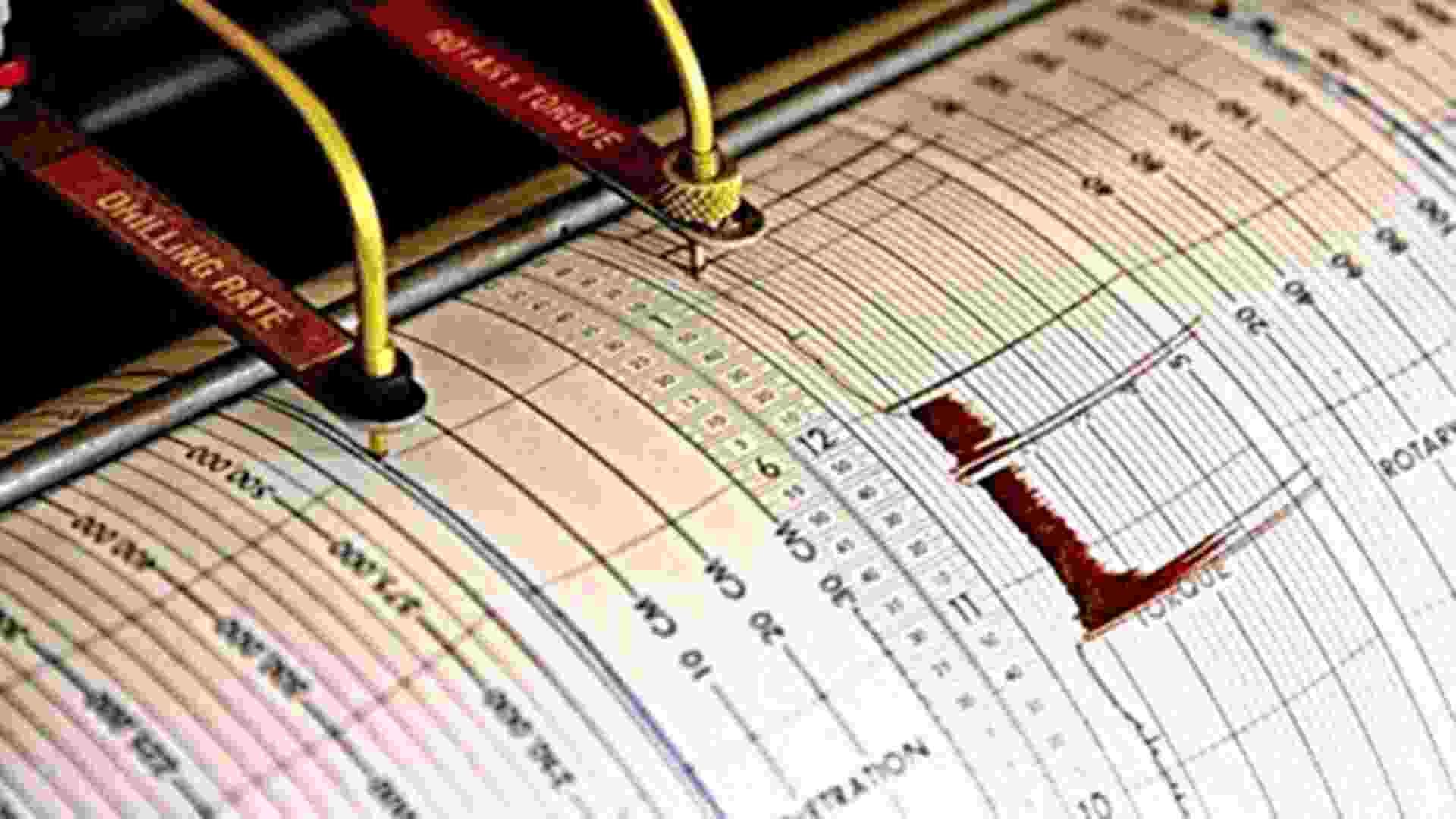A 4.1 magnitude earthquake struck Afghanistan on Sunday, according to a statement from the National Center for Seismology (NCS). The tremor occurred at a depth of 10 km, making it prone to aftershocks.
In a post on X, the NCS stated, “EQ of M: 4.1, On: 09/02/2025 00:05:07 IST, Lat: 34.28 N, Long: 68.36 E, Depth: 10 Km, Location: Afghanistan.”
EQ of M: 4.1, On: 09/02/2025 00:05:07 IST, Lat: 34.28 N, Long: 68.36 E, Depth: 10 Km, Location: Afghanistan.
For more information Download the BhooKamp App https://t.co/5gCOtjdtw0 @DrJitendraSingh @OfficeOfDrJS @Ravi_MoES @Dr_Mishra1966 @ndmaindia pic.twitter.com/2Lsuxy0iTP— National Center for Seismology (@NCS_Earthquake) February 8, 2025
Shallow earthquakes are generally more dangerous than deeper ones as they release more energy closer to the Earth’s surface. This results in stronger ground shaking, increasing the likelihood of structural damage and casualties. In contrast, deeper earthquakes lose energy as they travel to the surface, reducing their impact.
Earlier, on February 4, another earthquake of magnitude 4.3 hit Afghanistan, as per the NCS. This tremor occurred at a depth of 60 km.
In a post on X, the NCS reported, “EQ of M: 4.3, On: 04/02/2025 11:30:13 IST, Lat: 36.64 N, Long: 71.16 E, Depth: 60 Km, Location: Afghanistan.”
EQ of M: 4.3, On: 04/02/2025 11:30:13 IST, Lat: 36.64 N, Long: 71.16 E, Depth: 60 Km, Location: Afghanistan.
For more information Download the BhooKamp App https://t.co/5gCOtjdtw0 @DrJitendraSingh @OfficeOfDrJS @Ravi_MoES @Dr_Mishra1966 @ndmaindia pic.twitter.com/czVNQjbo6U— National Center for Seismology (@NCS_Earthquake) February 4, 2025
The region continues to experience seismic activity, as another 4.3 magnitude earthquake was recorded earlier on the same day. According to the NCS, this tremor struck Afghanistan at 01:42 AM IST at a depth of 10 km.
The NCS shared on X, “EQ of M: 4.3, On: 04/02/2025 01:42:18 IST, Lat: 36.41 N, Long: 70.95 E, Depth: 10 Km, Location: Afghanistan.”
EQ of M: 4.3, On: 04/02/2025 01:42:18 IST, Lat: 36.41 N, Long: 70.95 E, Depth: 10 Km, Location: Afghanistan.
For more information Download the BhooKamp App https://t.co/5gCOtjdtw0 @DrJitendraSingh @OfficeOfDrJS @Ravi_MoES @Dr_Mishra1966 @ndmaindia pic.twitter.com/0faX4nyvdN— National Center for Seismology (@NCS_Earthquake) February 3, 2025
According to the United Nations Office for the Coordination of Humanitarian Affairs (UNOCHA), Afghanistan remains highly susceptible to natural disasters, including seasonal flooding, landslides, and earthquakes.
UNOCHA noted that these frequent earthquakes impact vulnerable communities that are already struggling due to decades of conflict and underdevelopment, leaving them with little capacity to withstand multiple crises simultaneously.
The Red Cross highlights that Afghanistan has a history of powerful earthquakes, particularly in the Hindu Kush Mountain range, which is a geologically active zone experiencing frequent seismic activity.
Afghanistan is situated on multiple fault lines between the Indian and Eurasian tectonic plates, with one fault line running directly through Herat, making it prone to recurrent earthquakes.























